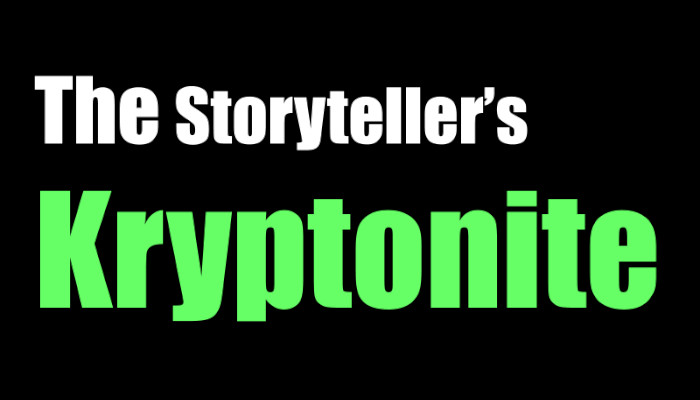
The creation of fire requires three ingredients: fuel, oxygen, and heat. Remove any component and fire cannot happen. Similarly, Aristotle taught us that persuasion also requires three ingredients: ethos (credibility), logos (facts), and pathos (emotion). Removing any one of these components inhibits one’s ability to persuade.
For the past four years, I’ve only focused on persuasion from a speaker’s perspective–teaching storytellers the importance of representing all three components in their work. However, I never considered persuasion from the firefighter’s perspective–the naysayer whose job is to remove the fuel, restrict the oxygen, or reduce the heat of ideas. That all changed when I read The Effect of ad Hominem Attacks on the Evaluation Claims Promoted by Scientists, a study that reveals a major flaw in the power of story. Evidently, no matter how hard a storyteller works to present facts, make them relevant emotionally, and to do so in an ethical manner, the fire of persuasion can be extinguished with a simple attack the storyteller’s character.
The study presented two groups (college students and adults) with scientific claims followed by one of three critiques:
- an empirical attack on the facts, data, method, etc.
- an ad hominem attack on the scientist (misconduct (present or past), conflict of interest, education, sloppy work)
- attack both the science and the scientist
The study predicted the following results (from most to least):
- attacking both the science and the scientist would have the most negative effect on persuasion
- attacking just the science would have the next most negative affect
- attacking the scientist would have the least affect.
The results didn’t support their prediction. Instead, it found that attacking the scientist had the same effect as attacking the science. In other words, readers could be swayed against the claim by either a) attacking the data, or b) attacking the character of the individual. And here’s the saddest part of the study. Not only did both attacks have the same effect individually, only one attack was required to erode confidence in the claim. A combination attack on the scientist and the science had negligible effect. Evidently, only one attack was enough to poison the well.
(Note. Misconduct and conflict of interest had the most negative effect, while attacking education and sloppy work had negligible effect)
As someone trained in the sciences (electrical engineering), I found the results disheartening. Pointing out empirical errors is the generally accepted way to vet scientific findings. But learning that a simple character assault is JUST AS EFFECTIVE as attacking the facts–that shook my confidence in human communications.
But, it shouldn’t have been that surprising.
While studying the brainwaves of people listening to stories, Kendall Haven found that the most effective way to change an audience’s perspective is through viewing the character’s actions through the lens of motive. A character with good intentions is loved by an audience while that same character performing the exact same actions with bad intentions is despised.
One doesn’t have to look beyond today’s headlines, tweets, and masked protesters to see how those on both the political left and right choose to denigrate their counterparts by attacking their character as opposed to their ideas. Since it’s just as effective to lob inflammatory terms (bigot, fascist, homophobe, Hitler, Mao, marxist, misogynist, racist, Stalin, transphobe, socialist, supremacist, uneducated, unpatriotic, and xenophobe) as opposed to a carefully thought-out critique, there’s no need to prepare counter arguments. All one has to do is poison the conversational well by implementing a personal attack on the opposition’s motivations to exploit an unfortunate flaw within in the human mind.
Although I’m discouraged by daily evidence of this phenomenon in news headlines and social media posts, I find myself cautiously optimistic. Storytellers make the best communicators and thus we need to consistently exercise our craft. We must rely on the time-tested successes of ethos, logos, and pathos to convey our messages. Then we must sit back and and hope that this crazy part of human history fades back into the dark recesses from which it emerged.